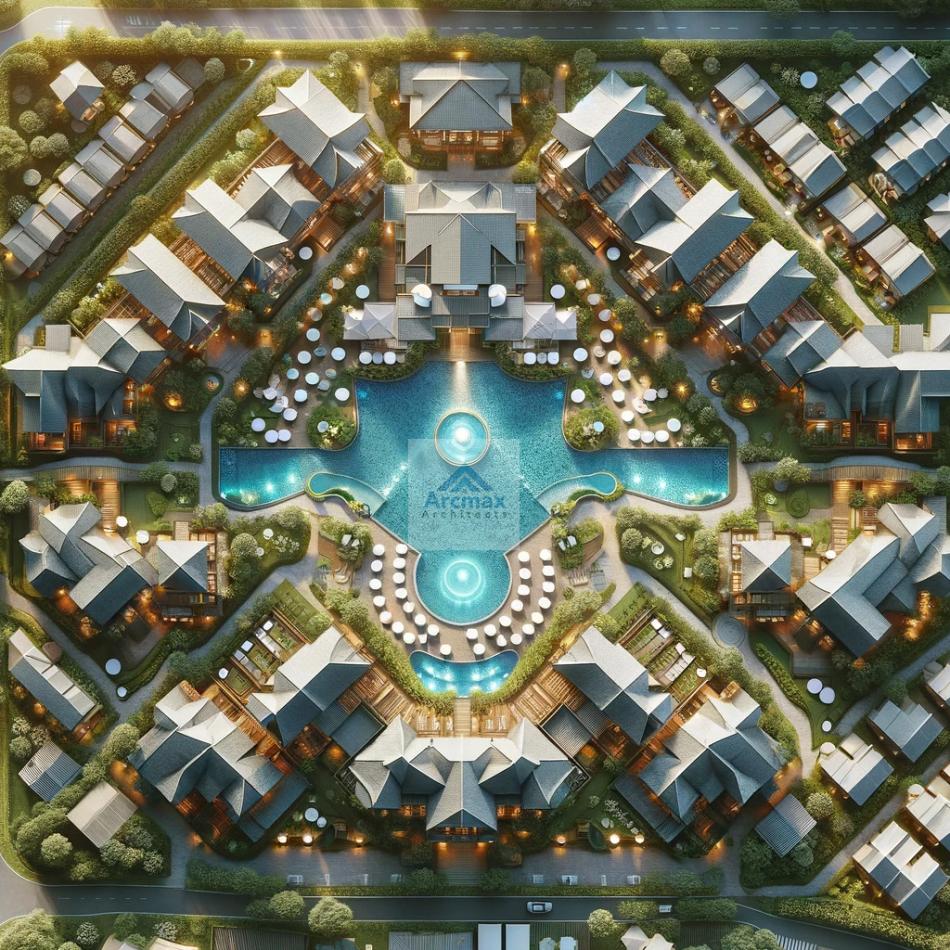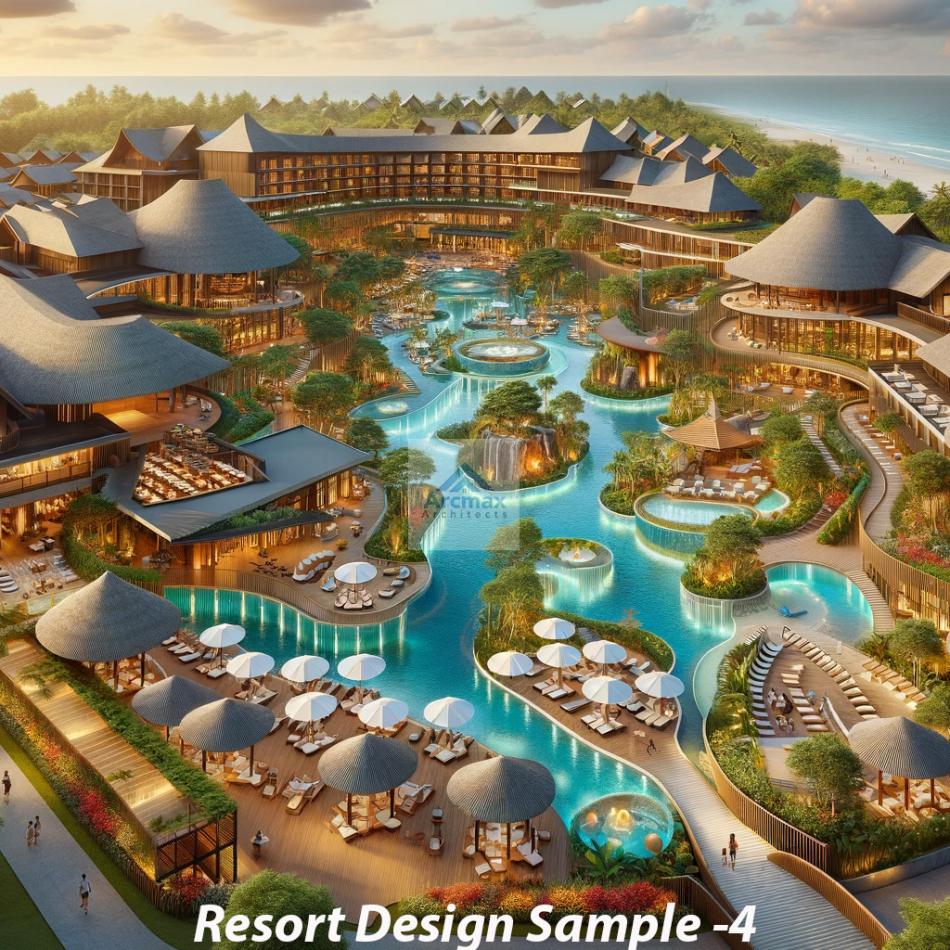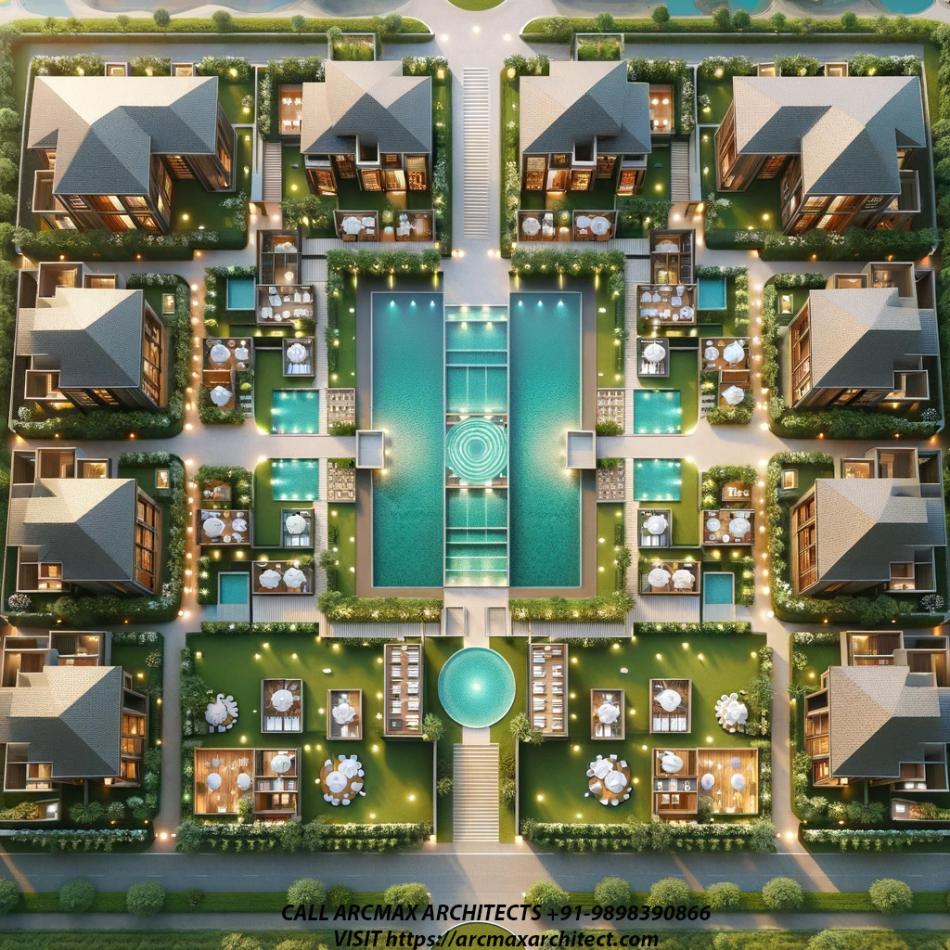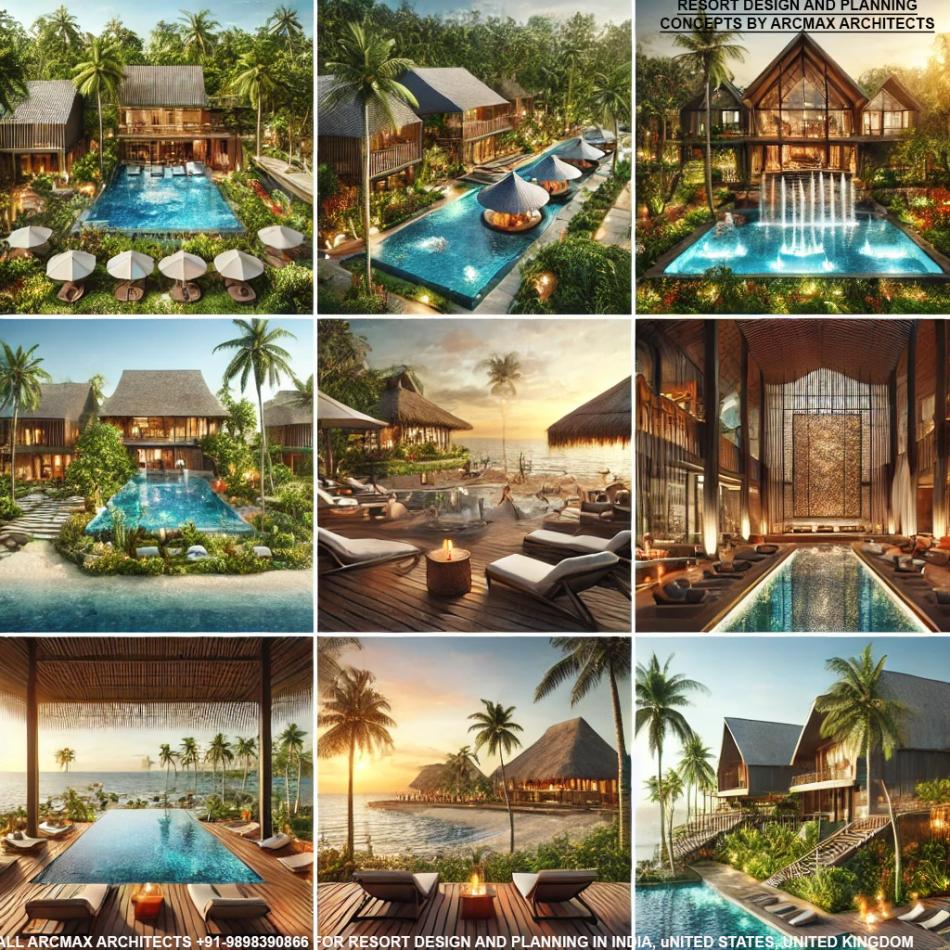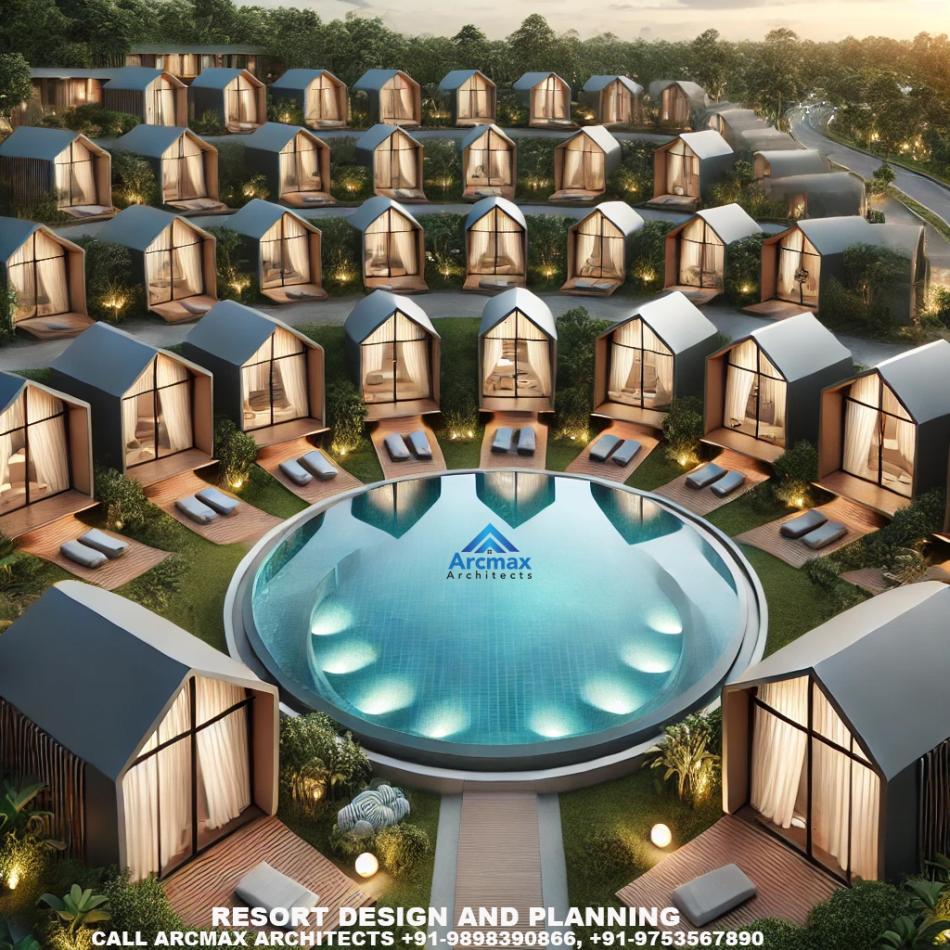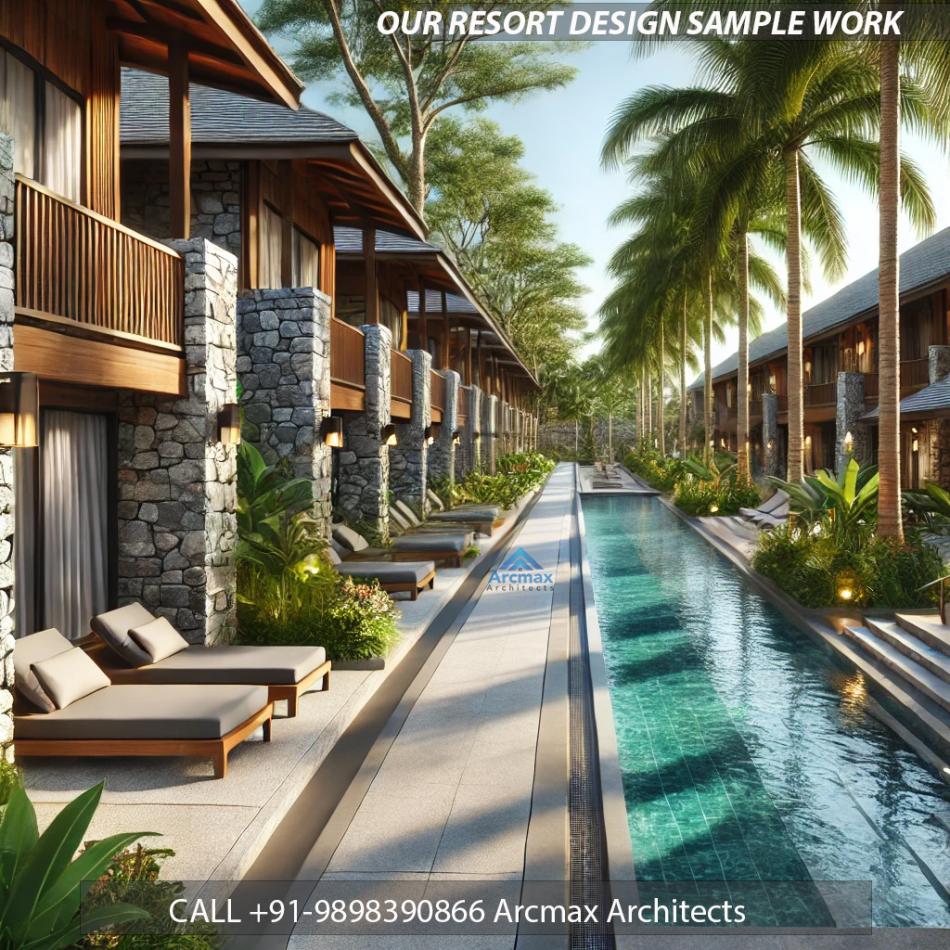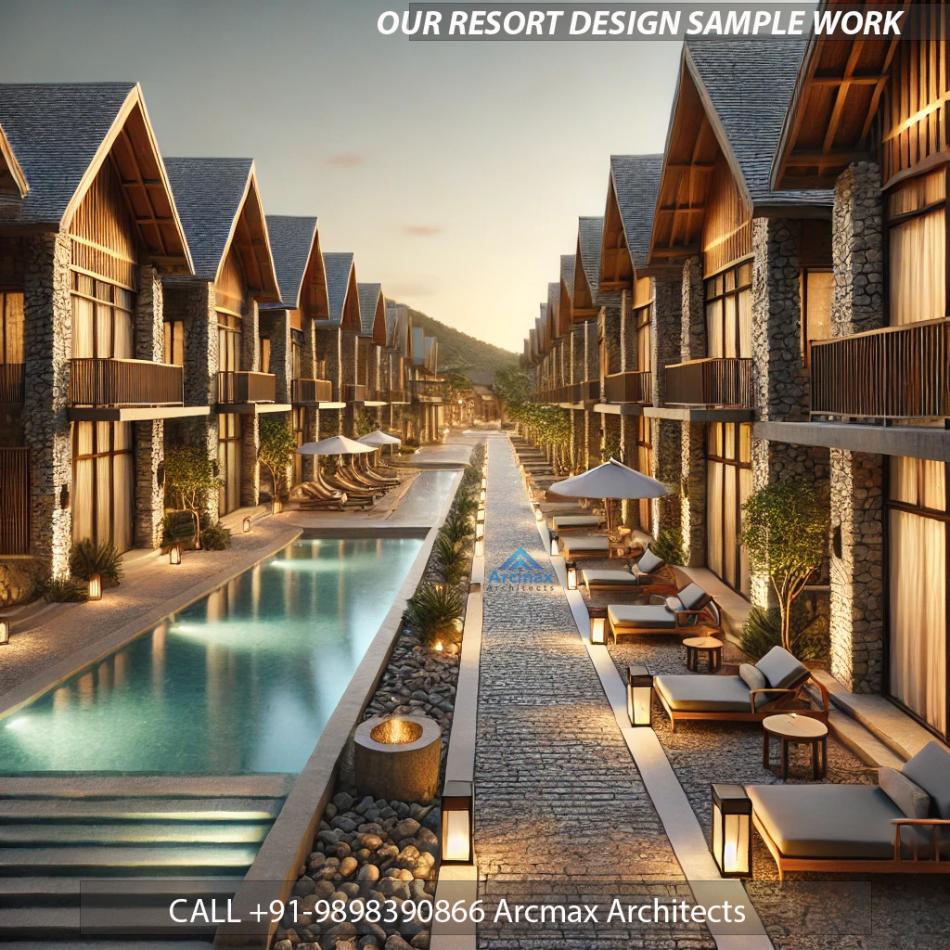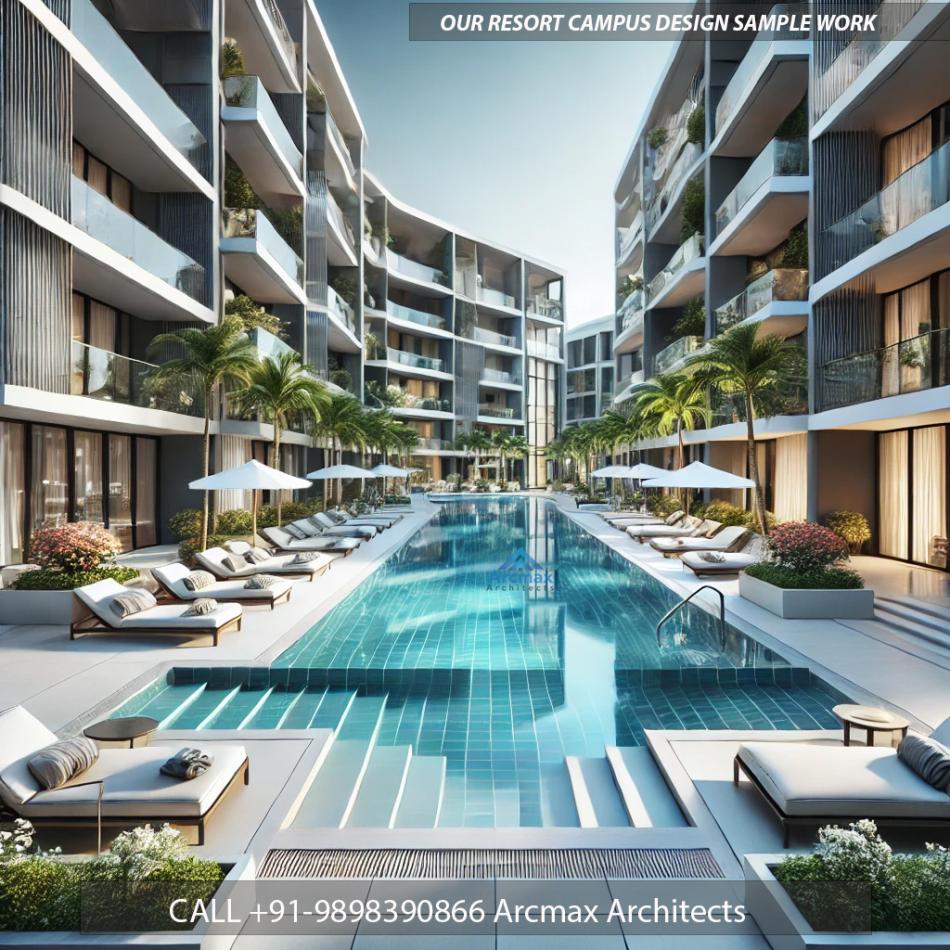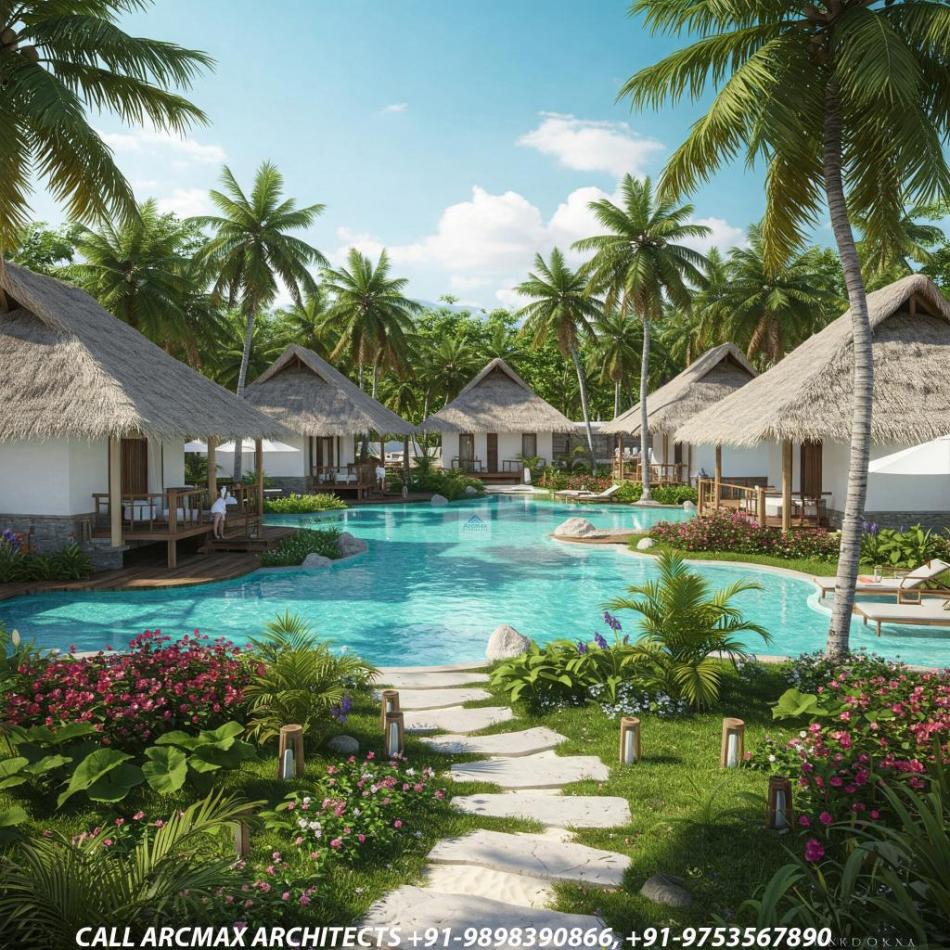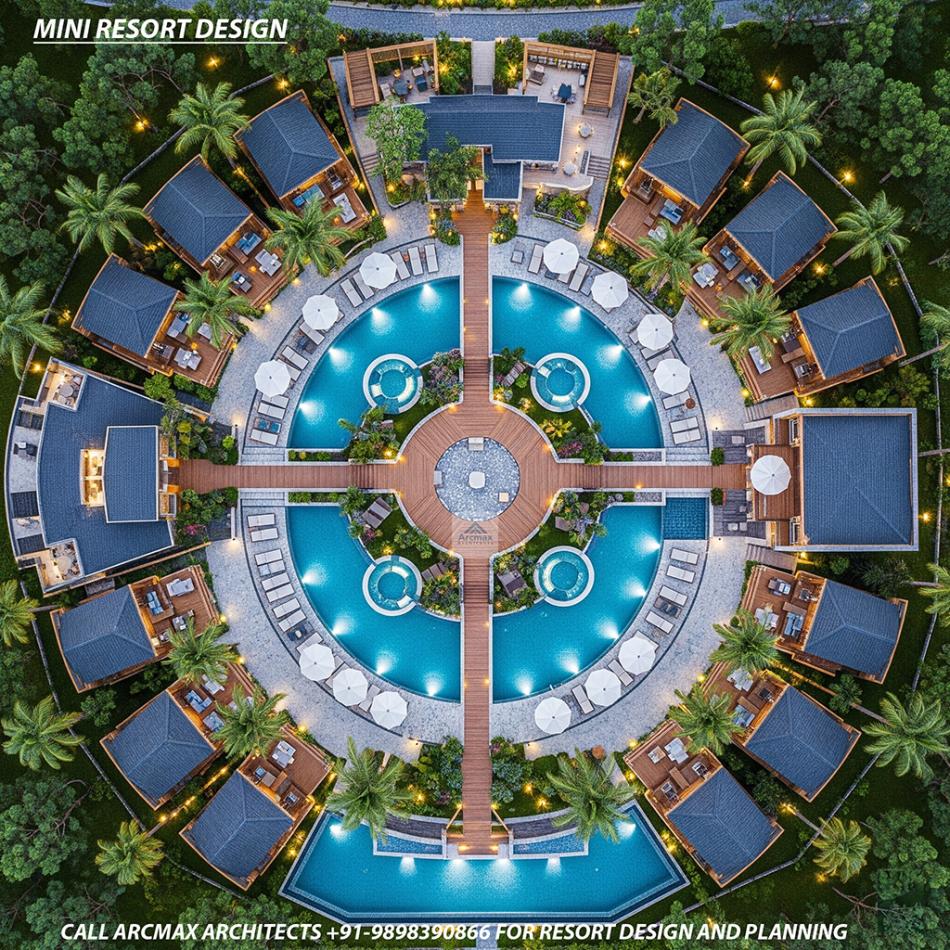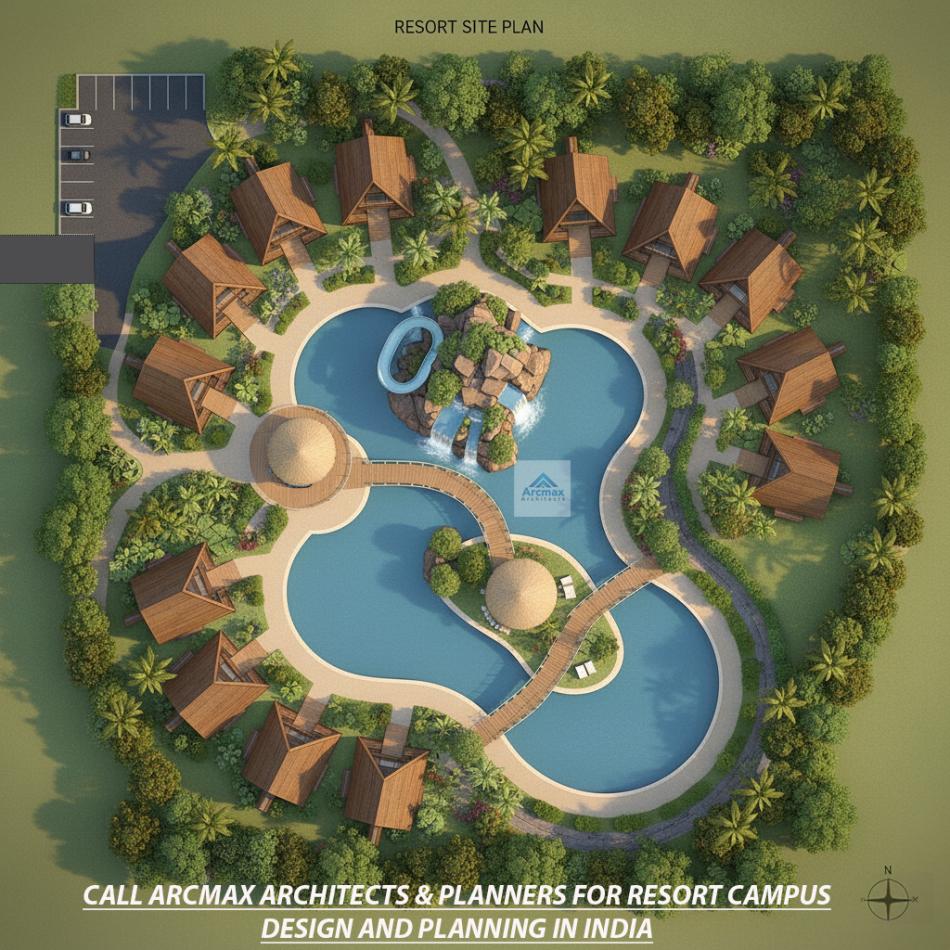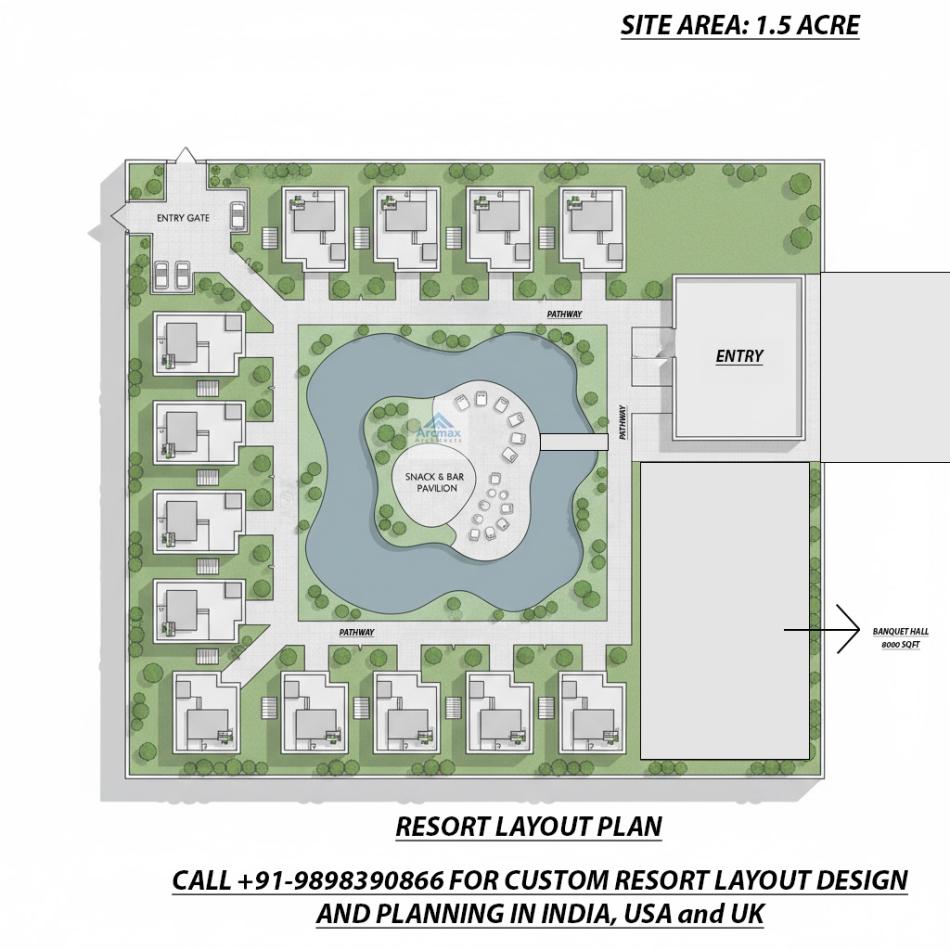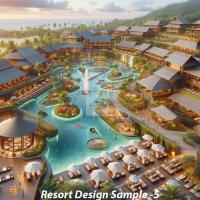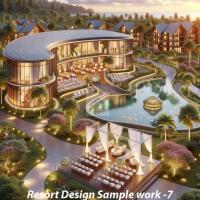Bakeri City, Pincode: 380015 Ahmedabad, Gujarat, India,
244 Madison Avenue, New York, United States
Our Client
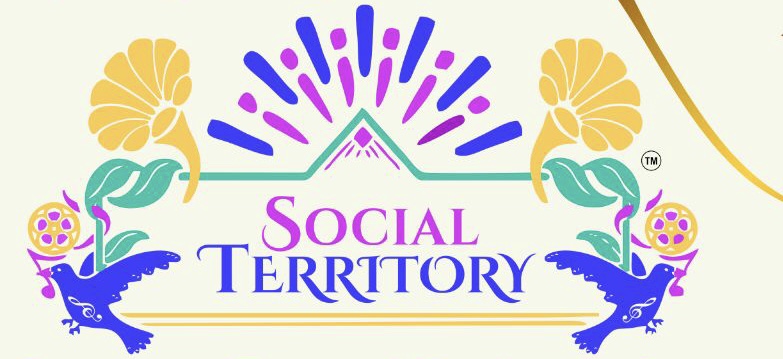





Cultural and Thematic Resort Design and Planning
ArcMax Architects excels in Cultural and Thematic Resort Design and Planning, delivering exceptional projects in India, the United States, the United Kingdom, and South Africa. Our expertise lies in creating immersive and culturally rich environments that captivate and inspire guests. By integrating local traditions, art, and architecture, we craft unique resorts that offer authentic and unforgettable experiences. Whether it's a heritage-themed resort in India or a contemporary cultural retreat in the UK, our designs blend creativity with functionality. Trust ArcMax Architects to bring your vision to life with innovative solutions and unparalleled attention to detail, making each resort a true landmark.
Cultural and thematic resort design is a specialized approach that focuses on creating immersive environments based on specific themes or cultural concepts. These resorts are designed to offer guests not just a place to stay but an experience that transports them to another place or time, or deepens their understanding and appreciation of a particular culture. This design philosophy integrates architecture, interior design, landscaping, and even operational aspects to craft a cohesive and engaging narrative. Here's an exploration of key considerations and strategies involved in cultural and thematic resort design:
1. Concept Development and Storytelling
The foundation of a cultural or thematic resort is its concept, which is often based on a narrative that guides the entire design process. This could involve historical periods, geographical locations, cultural traditions, or fictional worlds. Effective storytelling through design elements, from the layout and architectural style to the smallest decorative detail, is crucial for immersing guests in the theme.
2. Authenticity and Research
For cultural resorts, authenticity is key. This requires thorough research into the history, architecture, art, and daily life of the culture being represented. Designers often work with historians, local artisans, and cultural experts to ensure that every aspect of the resort, from the construction materials to the artwork and furnishings, is true to the source material. This attention to detail not only enhances the guest experience but also respects and honors the culture being showcased.
3. Integration with the Natural and Cultural Environment
Cultural and thematic resorts should blend seamlessly with their natural and cultural surroundings. This means designing in harmony with the local landscape and environmental conditions, using locally sourced materials, and incorporating indigenous plants in the landscaping. For cultural resorts, it's also important to integrate with the local community, offering guests opportunities to engage with local traditions, crafts, and experiences.
4. Immersive Experiences
Beyond the visual design, cultural and thematic resorts offer immersive experiences that engage all the senses. This could include themed dining experiences, with menus inspired by the culture or theme; activities and entertainment that reflect the narrative, such as traditional performances, workshops, or themed attractions; and even themed staff uniforms and operational practices that enhance the story being told.
5. Sustainability and Respect for Culture
Sustainability is a critical consideration, involving eco-friendly construction practices, energy and water conservation, and waste reduction. For cultural resorts, it's also vital to approach design and operations with respect for the culture being represented, ensuring that the resort benefits local communities economically and socially without appropriating or commodifying their traditions.
6. Customization and Personalization
Thematic and cultural resorts often offer customized experiences tailored to the interests and preferences of individual guests. This personalization can deepen the immersive experience, whether through tailored tours, personalized dining experiences, or customized room settings that reflect different aspects of the theme or culture.
7. Technology Integration
Modern technology can enhance the immersive experience of cultural and thematic resorts, from augmented reality (AR) tours that bring historical sites to life to interactive exhibits that explore aspects of the theme or culture. Technology can also improve guest comfort and convenience, with smart room features and apps that provide information and access to resort features.
8. Flexibility and Adaptability
Finally, cultural and thematic resort design should be flexible and adaptable, allowing for the evolution of the theme over time and the incorporation of new technologies, experiences, and guest feedback. This ensures that the resort remains engaging, relevant, and respectful of the culture or theme it represents.
Cultural and thematic resort design offers a unique opportunity to create deeply engaging and meaningful experiences for guests. By focusing on authenticity, immersion, and respect for culture and environment, designers can craft spaces that not only entertain and educate but also foster a deeper connection between guests and the themes or cultures being explored.
Want a Quotation please fill the form
- Resort Master Planning
- Hospitality Design
- Resort Landscape Architecture
- Environmental and Sustainable Design
- Cultural and Thematic Resort Design
- Restaurant and Retail Design
- Waterfront and Beachfront Development
- Luxury and Exclusive Resorts
- Eco-Resorts and Retreats
- Adventure and Sports Resorts
- Heritage and Restoration Projects
- Resort Architecture Design


